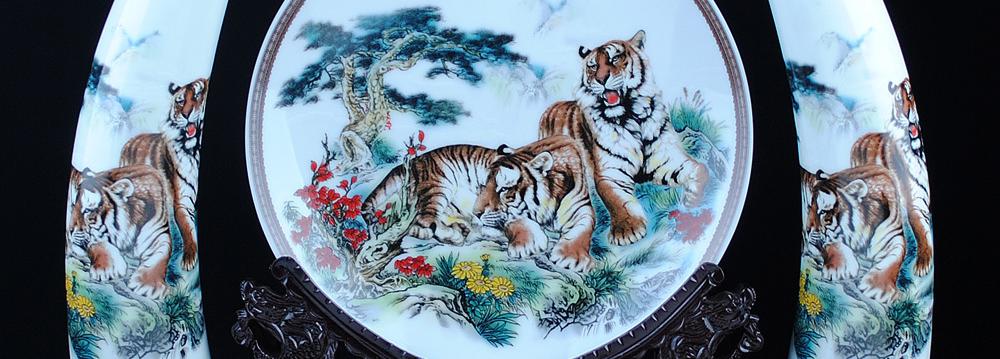Economists are debating the possibility that China’s economy could have a “hard-landing” or lengthy recession. For most Chinese businesses, the slowdown has become a reality. The question that concerns those businesses most is how to keep going.
In the Chinese city of Yiwu, a city in central Zhejiang province, sellers are feeling the effects of a slowing economy. But they also are finding ways to weather the storm. Henry Kou’s family has been in the porcelain business for many years. The family business was good when China’s economy was booming. But now, the economy is growing at its slowest rate in more than 25 years. The market for dinner plates and other porcelain products is weak, VoA reported.
Over the past two years, Wou says, sales have dropped by 20%. To keep afloat, he has cut production and packaging costs, even his own profits.
“Our customers are really hurting too, so we’ve tried to limit our profits in the hope that we can keep business going.”
Many of the business owners who said they are coping had a few things in common. They owned their own factories and kept their attention narrowly on what they know best.
Having long-time customers and an ability to find ways to react to their changing needs is also important, said Bob Shu, president of Vifa Group.
Henry Kou’s business is international. He has buyers in the Middle East and Europe. He says sellers can do little to change the overall environment they are facing. However, he is finding ways to protect his business, including making specialized products for his customers.
“With every product, you have to constantly innovate. If you can’t continually do that, the market will leave you behind,” Kou said.
Almost everything and anything that is made in China can be found and bought in the city. From Yiwu, goods are shipped overseas—to Africa, the Middle East, Europe and America.
Structural Changes
China’s top statistician says the economy was stable in April as structural changes continued to deepen, CCTV reported.
The Chinese economy did not do well in April. Growth in industrial output, investments and consumption all trailed March’s numbers and missed expectations. But the National Bureau of Statistics said Wednesday that the fluctuation was mild when accounting for last year’s large base.
Structural changes continued in China as consumption’s contribution to the economy rose 22 percentage points year on year to 84.7% in the first quarter. Producer prices have also begun to reverse their downward trend.
“Our view is that the national economy is running smoothly, the structure continued to optimize and the quality of people’s livelihood has been raised,” said Sheng Laiyun, spokesman of National Bureau of Statistics.
Sheng also acknowledged downward pressure from home and abroad, but said China’s economy is resilient enough to sustain growth.
Sheng also said, “China is still going through urbanization, and the consumption sector is still in a critical phase of structural upgrade. Old growth drivers are waning but new ones are emerging quickly. Therefore the economy should be able to maintain a mid to high speed growth rate as long as the government keeps pushing supply-side reforms.”
The NBS said China had made great progress in its supply-side reform. That includes the phasing out of overcapacity in the coal and steel sectors. The housing sector also is reducing its excessive inventory.
However, experts are urging caution in the real estate market. That’s because investments have been increasing recently, posing new challenges for the government to control inventories.


